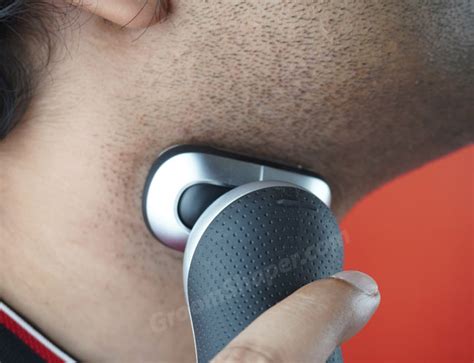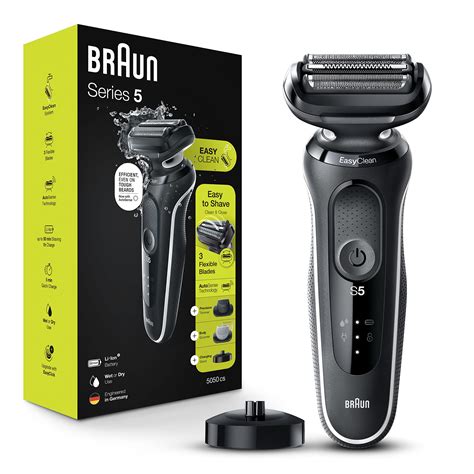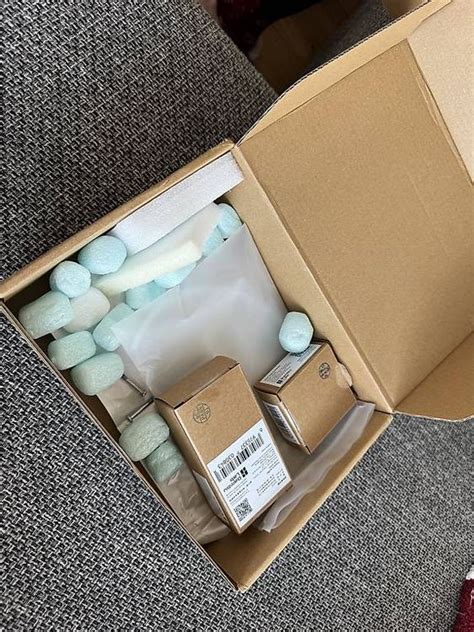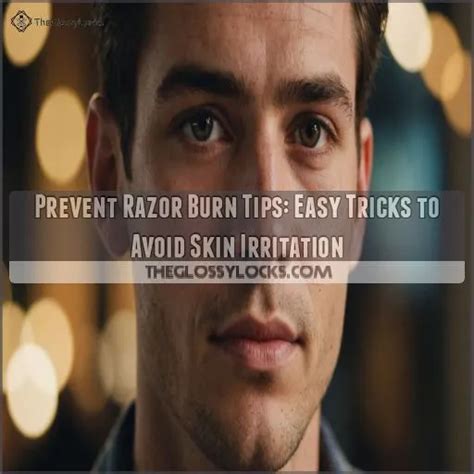How to eliminate razor burn for a smooth, high-performance shave?

Conquer Razor Burn: Your Guide to a Flawless Shave
Razor burn, characterized by redness, irritation, and sometimes bumps, is a common and frustrating shaving affliction. It can turn what should be a refreshing daily ritual into a dreaded chore. However, achieving a consistently smooth, high-performance shave free from irritation is entirely within reach with the right knowledge and routine. This comprehensive guide will walk you through the essential steps, from preparation to post-shave care, ensuring every shave leaves your skin feeling comfortable and looking great.

Understanding Razor Burn: What It Is and Why It Happens
Before we tackle prevention, it’s crucial to understand what causes razor burn. It primarily occurs when hair follicles become irritated by a razor blade that either isn’t sharp enough, is used incorrectly, or when the skin isn’t properly prepared or cared for. This irritation can lead to inflammation, ingrown hairs (folliculitis), and a generally uncomfortable post-shave experience. Common culprits include dry shaving, using dull blades, shaving against the grain on sensitive skin, applying too much pressure, and inadequate lubrication.
Pre-Shave Preparation: The Foundation of a Smooth Shave
A successful shave begins long before the blade touches your skin. Proper preparation is paramount to softening hairs, opening pores, and creating a slick surface for the razor to glide effortlessly.

Exfoliate Gently
Start by gently exfoliating your skin a few times a week, especially on shaving days. Exfoliation helps remove dead skin cells and lift any trapped hairs, reducing the likelihood of ingrown hairs and allowing for a closer shave. Use a mild facial scrub or a warm washcloth.
Hydrate with Warm Water
The most critical step is to hydrate your skin and hair with warm water for at least 2-3 minutes. This softens the hair, making it easier to cut, and helps to open up pores. A hot shower or applying a warm, damp towel to your face are excellent ways to achieve this.
Choosing Your Tools Wisely
The quality of your shaving tools significantly impacts your shave experience and the likelihood of razor burn. Invest in the right equipment.

The Right Razor Matters
Whether you prefer a multi-blade cartridge, a safety razor, or an electric shaver, ensure it’s clean and sharp. Dull blades drag and pull at hairs, increasing irritation. For sensitive skin, a single-blade safety razor can often reduce irritation as it causes less friction than multi-blade razors.
Quality Shaving Cream or Gel
Don’t skimp on your shaving lubricant. A rich, moisturizing shaving cream, gel, or oil creates a protective barrier between the blade and your skin, allowing for a smoother glide. Look for formulas with soothing ingredients like aloe vera or shea butter, and avoid those with excessive alcohol or artificial fragrances if you have sensitive skin.
Mastering Your Shaving Technique
Even with the best tools, poor technique can lead to razor burn. Pay attention to how you shave.

Shave with the Grain
For most people, shaving with the grain (in the direction your hair grows) is the best way to prevent irritation, especially on the first pass. While shaving against the grain might offer a closer shave, it significantly increases the risk of razor burn and ingrown hairs for sensitive skin. If you need a closer shave, re-lather and try shaving across the grain for a second pass, but avoid going directly against it.
Light Pressure is Key
Let the razor do the work. Applying too much pressure forces the blade into your skin, causing nicks, cuts, and irritation. Modern razors are designed to cut effectively with minimal pressure.
Rinse Your Blade Often
Frequently rinse your razor under hot water between strokes to clear away hair and shaving cream. A clogged blade is an ineffective and irritating blade.
Post-Shave Care: Soothe and Protect
Your shaving routine isn’t complete until you’ve properly cared for your skin post-shave.

Rinse with Cold Water
After shaving, rinse your face with cool water to close your pores and soothe the skin.
Apply a Soothing Aftershave
Follow up with an alcohol-free aftershave balm or lotion. These products help to calm irritation, reduce redness, and hydrate the skin. Look for ingredients like witch hazel, aloe vera, chamomile, or essential oils known for their anti-inflammatory properties.
Moisturize Regularly
Maintain skin health by moisturizing daily, even on non-shaving days. Hydrated skin is more resilient and less prone to irritation.
Long-Term Prevention and Maintenance
Consistent habits contribute to long-term razor burn prevention.
- Replace Blades Frequently: Dull blades are the enemy of a smooth shave. Replace cartridge blades every 5-7 shaves or when you feel any pulling. Safety razor blades are usually replaced after 2-3 shaves.
- Consider Your Skin Type: Adjust your routine based on your skin’s needs. If you have very sensitive skin, you might benefit from fewer blades or an electric shaver.
- Allow Skin to Recover: If you’re experiencing severe razor burn, take a break from shaving for a day or two to allow your skin to heal.
By integrating these practices into your grooming routine, you can effectively eliminate razor burn and enjoy the luxurious feeling of a perfectly smooth, high-performance shave every time. Your skin will thank you.








